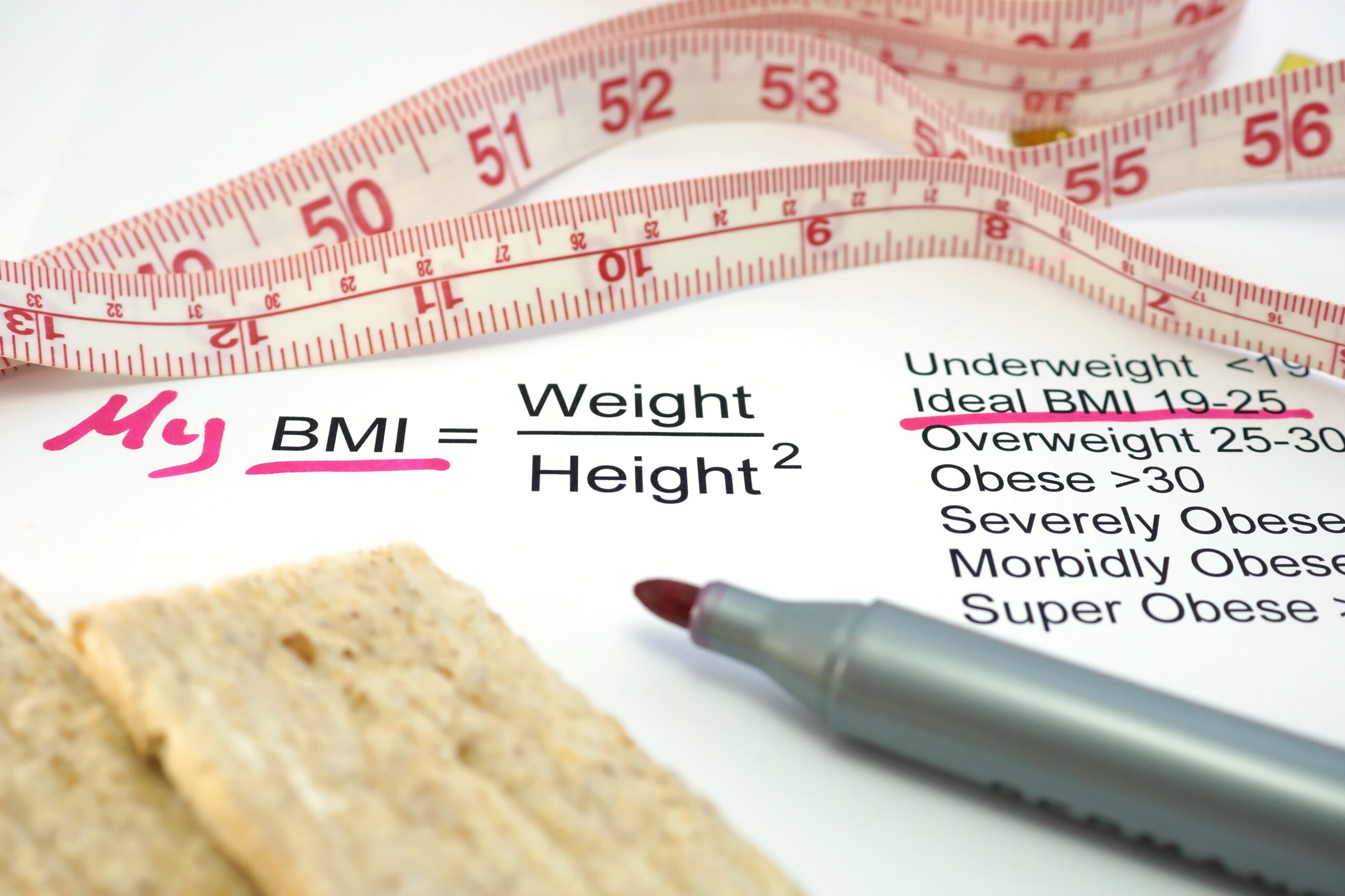
Body Mass Index (BMI)
To determine your Body Mass Index (BMI), The bmi calculator measures body fat based on height and weight, you can use a simple formula. Divide your weight in kilograms by your height in meters squared. For individuals aged 2 to 18, factors like age and gender are considered in the calculation.
BMI Ranges
For most adults, a healthy BMI falls between 18.5 and 24.9. These ranges categorize individuals as:
- Underweight: below 18.5
- Healthy weight: 18.5 to 24.9
- Overweight: 25 to 29.9
- Over 40 years old: overweight
Ideal Body Weight (IBW)
Originally designed for medical purposes, IBW serves as a reference for drug dosage and weight classification in sports. It is especially useful in cases where drug metabolism aligns more closely with IBW than total body weight. However, it has limitations, particularly for highly muscular individuals like athletes, as it may not distinguish between lean body weight and body fat.
Variables in Judging Ideal Body Weight
Several variables impact the calculation of an individual's ideal body weight, including age, gender, and height. After adolescence, age becomes a less significant factor, and gender differences emerge, with women generally weighing less and having slightly higher body fat percentages. Taller individuals naturally weigh more due to increased lean mass and body fat.
Lean Body Mass (LBM)
Determining lean body mass is crucial for gaining insights beyond conventional weight measurements like BMI. It serves as a key indicator of overall health, especially for those aiming for weight loss, muscle building, or toning.
Definition and Calculation
Lean Body Mass is the difference between total weight and body fat weight. To calculate it, subtract your body fat percentage from your total weight. This concept is particularly valuable for those focused on maintaining muscle mass and bone density during weight loss.
Weight Loss and Lean Mass Maintenance
Individuals aiming to lose weight should prioritize maintaining their lean body mass. This ensures that the weight loss primarily targets fat, preventing the loss of muscle mass and bone density.
Muscle Gain and Lean Mass Increase
For those looking to build muscle, the goal is to add lean mass proportionally to overall weight gain. This strategy helps prevent excessive body fat gain during muscle-building efforts.
Methods to Calculate Lean Body Mass:
1. Using Weight and Height:
- Simple and accessible method using a tape measure.
- Formula provides a basic estimate of lean body mass.
- Online calculators offer additional convenience.
2. Body Fat Percentage Calculation:
- Requires knowing body fat percentage.
- Convert body fat percentage to a decimal.
- Multiply the result by overall weight to determine lean body mass.


